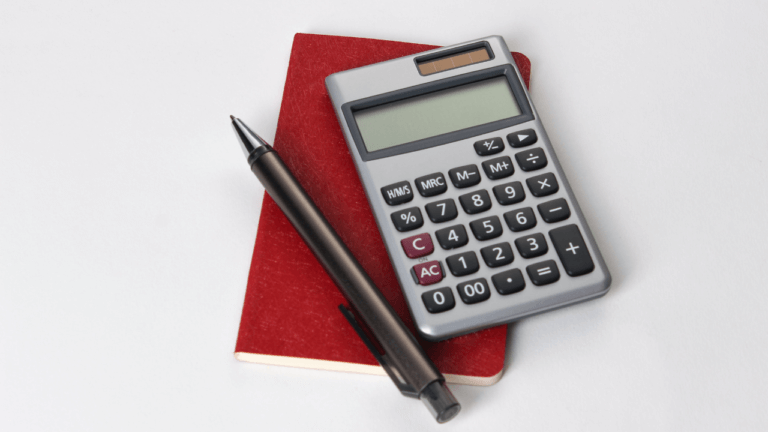Are you confused about dropshipping taxes and how to pay them? While the dropshipping business model is easy enough to understand, many find the topic of taxes overwhelming.
The idea of taxes may sound complicated at first. But it all boils down to organizing information and understanding how each tax works. Once you grasp these things, the rest is a breeze.
That is precisely what we’ll do in this article. We’ll discuss how dropshipping taxes work and whose responsibility it is to pay and collect them. Additionally, we’ll learn more in-depth about each tax and how to lessen their burden on our bottom line profits.
Do I Have To Pay Taxes When Dropshipping?
The first question sellers often ask is, are dropshippers required to pay taxes?
Remember that every business needs to fulfill tax obligations. These requirements don’t exclude online ventures like dropshipping. Therefore, as an entrepreneur owning a dropshipping business, you need to pay taxes.
Moreover, paying taxes is not just a general requirement but a legally binding obligation. Therefore, paying taxes can help our eCommerce business maintain good legal standing.
There are several types of dropshipping taxes that we are required to pay. The types of taxes would primarily depend on the location and structure of our business.
How Do Taxes Work With Dropshipping?
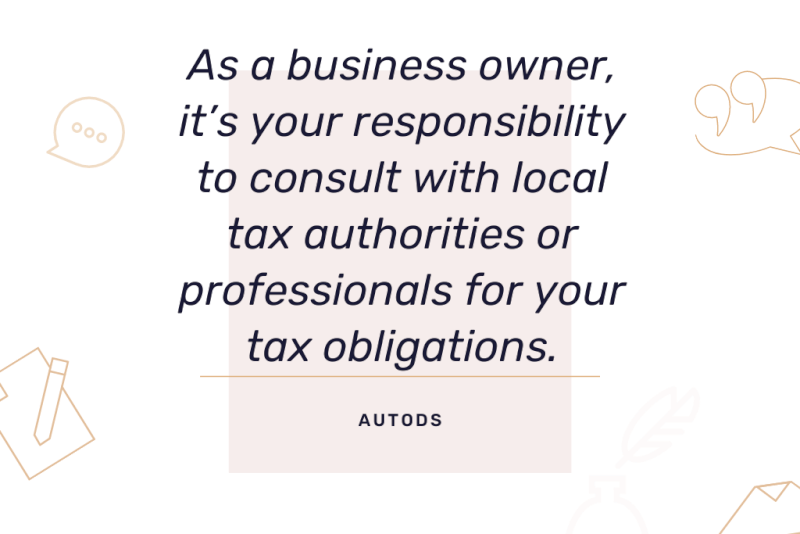
Before enumerating the taxes we need to pay, let’s discuss how taxes work in dropshipping.
Dropshipping taxes work differently in every country. Some regions charge higher taxes, and others charge lesser ones. Also, some places don’t require tax payments at all. Dropshipping taxes also differ by method of collection and payment.
Additionally, dropshipping taxes differ by method of collection. There are taxes that we need to collect from customers and pay to the government. In contrast, there are some taxes that we just pay directly.
For instance, dropshippers must pay an income tax to their local governments based on their income brackets. However, there are exceptions to that rule, as nine US states don’t have an income tax.
Meanwhile, other taxes like sales tax have a different process. We’ll first need to collect it from customers and later pay it to the government. To be sure, it’s best to seek professional advice from an accountant if you need assistance when dealing with dropshipping taxes.
As a business owner, it’s your responsibility to consult with local tax authorities or professionals regarding the tax rates that you must charge your customers and the process of filing tax declarations.
What Taxes Do I Need To Pay When Dropshipping?
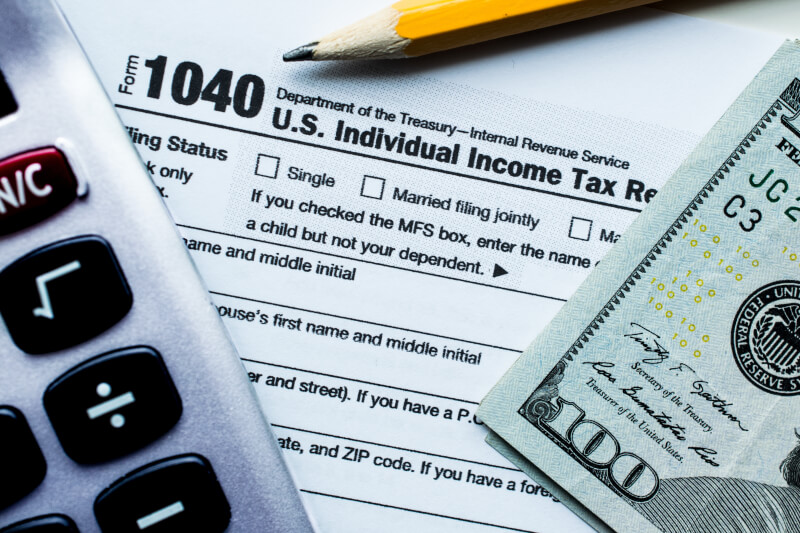
Now that we understand how taxes work in dropshipping, we can begin learning the specifics. Dropshipping taxes fall under four distinct categories:
- Income Tax
- Sales Tax
- Source Tax
- Customs Duty Tax
Dropshipping Income Taxes
First, income tax is a type of tax that a government charges on the gross income of businesses. Usually, you pay an income tax as a percentage of your annual or quarterly total dropshipping profits. Income tax rates vary in different regions, so it’s advisable to consult with an accountant to ensure proper compliance with local regulations.
Dropshipping Sales Taxes In the United States
Second, a sales tax is a consumption tax that a dropshipper collects at a rate set by each country or locality whenever a customer makes a purchase. Then, the dropshipper pays the government what was collected.
Moreover, complex factors affect the sales tax rate we must collect from customers in the United States. It mostly depends on your customer’s state of residence and whether or not you have a nexus there. A nexus means having a physical connection to a state by virtue of residence or business establishment.
If your customer resides in a state where you have a nexus, then you must collect a sales tax based on the local tax rate. Conversely, you are exempted from collecting sales taxes if you do not have a nexus in the customer’s state.
Additionally, sales tax collection varies by the type of selling channel we dropship on. Marketplaces like eBay or Amazon charge sales taxes for us based on their respective nexus in each state. On the other hand, eCommerce platforms like Shopify and Wix employ a tax collection strategy that relies on our customers’ state of residence and whether or not we have a nexus in that state.
Dropshipping Source Taxes
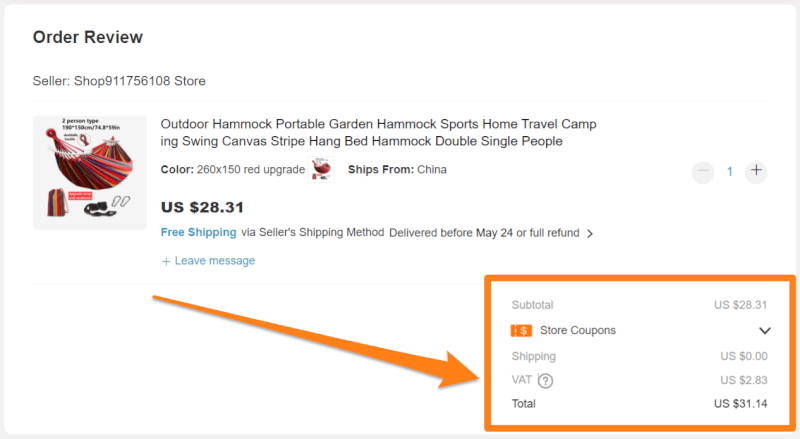
Third, we have the source tax, which we pay to our suppliers whenever we purchase a product. Like sales tax, our suppliers charge it as a percentage of the purchase total, 10% on average.
For instance, if the product’s original cost is $10 and the source tax rate is 10%, we’ll pay a total of $11. Therefore, you’ll always need to include the source tax in your profit margin calculation to break even.
Dropshipping Customs Duty Taxes
Fourth, the customs duty is a tax applicable for products moving across international borders. The dropshipper or the buyer can pay this tax to the courier once it reaches the destination country. However, in most cases, the buyer shoulders the payment of this tax. Therefore, it is essential to tell your customers in advance about any custom duty taxes that may arise in delivering their orders.
As a recap, there are four types of taxes that we have to pay when dropshipping. While it can seem overwhelming, all these tax obligations become manageable with the guidance of an accountant.
How Much Tax Do I Have Pay When Dropshipping?
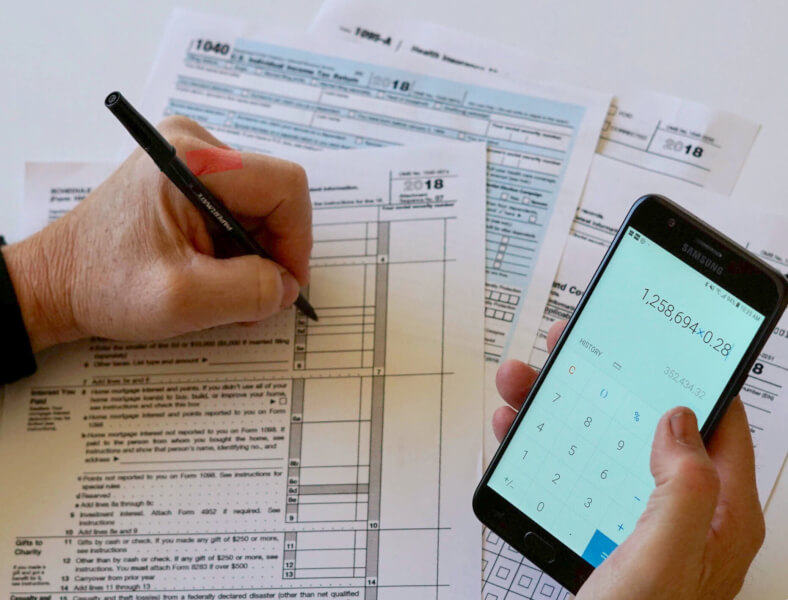
The next step to understanding dropshipping taxes is identifying how much we need to pay. Remember that there is no exact formula for finding the value of taxes owed. The final tax amount depends on location, total annual income, and other factors. However, below are the estimates on how much we need to pay for each type of tax.
Let’s start with income taxes. The federal income tax ranges from 10% to 37% for sellers living in the US. The final value of income tax due varies according to your total annual income and state of residency. On the other hand, if you reside outside the US, you must review the tax income brackets for your country of residence.
Next comes sales taxes. Dropshippers living in the US and selling to US customers are only required to collect and pay sales taxes in US states where they have a nexus.
Sales tax rates in the United States range from 0% to 11%, depending on our customers’ state of residence. Meanwhile, sellers living outside the US but selling to the US don’t have to pay sales taxes since they have no nexus anywhere in the US.
On the other hand, if you’re selling to other regions worldwide, it’s best to consult an accountant. They can give you a better idea of the correct sales tax rate in the country that you’re dropshipping. In some instances, you don’t need to collect or pay government sales tax at all. For example, when you’re not importing or exporting products from the country you live in.
Next, we must also factor in the source tax to calculate our total tax expenditure. For this tax, your supplier charges an average rate of 10% on top of the base price of each product.
Lastly, customs duty taxes range from 0% to 37.5%. The value of this tax depends on the product type, size, weight, and more. In addition, customs duty taxes follow the destination country’s policies. Therefore, make sure to check the local regulation of each destination country before selling products to its residents.
How Do I Get Tax Exempt From Dropshipping?

Now, how can our dropshipping business be exempted from paying taxes?
First, let’s clarify what tax exemption means in dropshipping. Typically when we use this term, we’re referring to the freedom from any legal obligation to pay a source tax to our suppliers.
Generally, such an exemption is automatically granted to online resellers. Since dropshipping is similar to reselling products online, dropshippers should qualify for the same exemption. However, we must first secure an exemption certificate.
To obtain a tax exemption certificate, we must contact our suppliers and prepare the necessary documents. Then, we need to submit supporting documents, as required by the state where we are applying for tax exemption. In the US, the Multistate Tax Commission is responsible for streamlining the process of application and evaluation.
Can I Avoid Paying Income Tax When Dropshipping?

We’ve learned that a dropshipping business can apply for a source tax exemption, but can we avoid paying income tax when dropshipping?
If you reside in one of the following US states, then you won’t have to pay income tax:
- Alaska
- Florida
- Nevada
- New Hampshire
- South Dakota
- Tennessee
- Texas
- Washington
- Wyoming
Aside from the US, other countries worldwide also don’t require income tax payments. Some of these countries include the Bahamas, Kuwait, Maldives, Qatar, and United Arab Emirates.
So, if you live in any of the states or countries mentioned, there’s no need for you to pay income taxes. Nevertheless, it’s still important to consult a local account about tax obligations regardless of your residence.
Final Thoughts
When running a dropshipping business, it’s essentially our responsibility to fulfill our tax obligations. Additionally, doing so correctly allows us to run our eCommerce ventures legally and smoothly.
Now that we got our tax obligations out of the way, it’s time to kick off our dropshipping adventures. Start to research trending products to sell and add them to our online stores. Soon enough, you will start to gain sales and earn profits from dropshipping.
Learn more about establishing a successful and legal dropshipping business with the following articles:
- The Basics Of How To Dropship And How To Become a Dropshipper
- Is Dropshipping Legal? Everything You Should Know In 2022
- How To Start A Dropshipping Business In 2022: A Complete Guide






 post content
post content
 post content
post content
